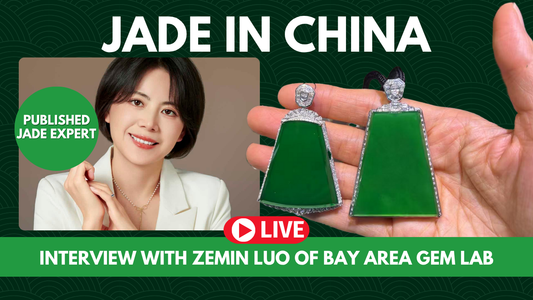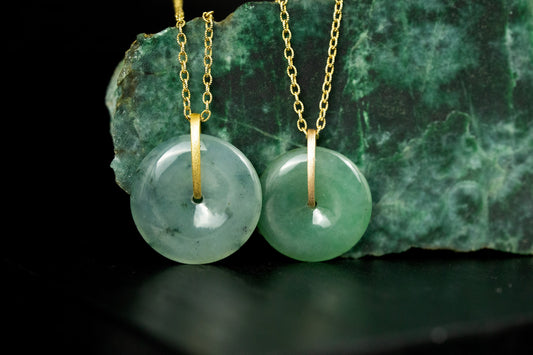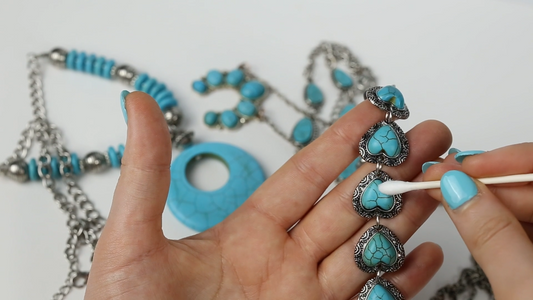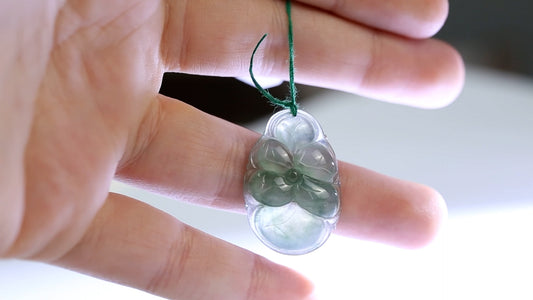Jadeite and Nephrite both share the name "Jade," but what does that mean for the customer? Are they both Real Jade? How do they compare in price, durability and appearance? How can you tell nephrite and jadeite apart?
Before diving into this article, if you're looking to have your jade professionally tested, please contact Mason-Kay Jade.
The Two Jades
Gemstones have long been a crucial component of jewelry and style. Among them, jade is a precious stone that has been used for millennia and is quite popular. Nephrite and jadeite are the two different varieties of jade. We'll explain the distinctions between the two in this blog article and provide answers to some frequently asked questions regarding them.
Firstly, it's important to know that the term "jade" is used for two distinct mineral aggregates in the US: Nephrite jade, which is an amphibole, and jadeite jade (fei cui) which is a pyroxene. They are both called "jade" because of their history, the way they're viewed by a number of cultures, and because of their similar attributes – for instance, they can both be green and they're both super tough. However, they are different from each other.
Appearance
Most of the time, Nephrite and jadeite can be differentiated by their appearance. Nephrite jade can be an array of colors but is typically known for its earthy green tone and black specks, which may be graphite, chromium or iron inclusions. It's also highly valued in its greasy white color known as Mutton Fat Jade. In contrast, jadeite can range from opaque sage green to vivid jelly-bean emerald green. Both nephrite and jadeite come in an array of colors other than green, but their inclusions and luster are different. Gemologists can tell nephrite and jadeite apart based on appearance, refractive index, specific gravity, hardness, and more.
Technical Characteristics
Nephrite is harder to break than jadeite, making it extremely tough. However, jadeite is still very tough, and is usually harder to break than sapphire and diamond. As for hardness, jadeite is going to resist scratching better than nephrite.
Sources
Nephrite is much more abundant in the earth than jadeite. Jadeite is extremely rare, some geologists claim it's a wonder that it formed at all. Nephrite can come from a number of countries, but most of the nephrite comes from Canada, New Zealand, Russia, Indonesia, and more. Jadeite, on the other hand, has only been found in approximately 16 deposits worldwide, and most of the jadeite you're going to see in jewelry stores is from Myanmar.
Value
Jadeite jade is one of the most valuable gemstones in the world. Perfectly matched imperial jade beads can fetch literally millions of dollars at auction. Mutton fat nephrite can also be very valuable, and so can nephrite carvings from the imperial dynasties. As a rule, nephrite in jewelry is more affordable.In conclusion, both Nephrite and jadeite are beautiful gemstones. While they share some similarities, there are significant differences between them that can affect their value and durability. If you're looking to buy jade, it's important to know which one you're looking for and what to expect from it.





